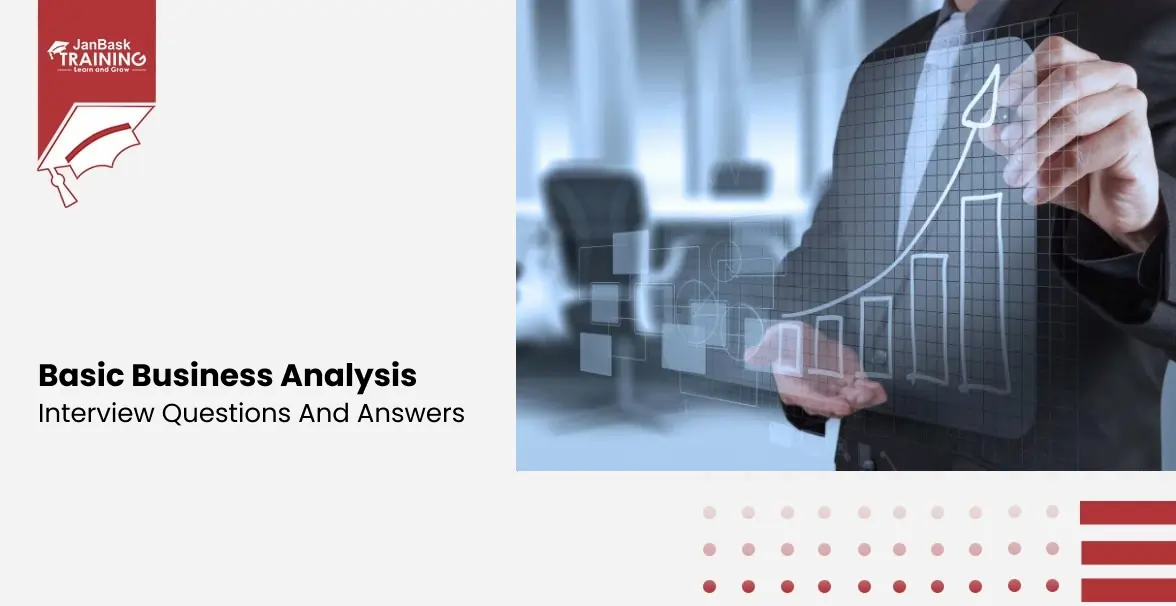 Grab Deal : Upto 30% off on live classes + 2 free self-paced courses - SCHEDULE CALL
Grab Deal : Upto 30% off on live classes + 2 free self-paced courses - SCHEDULE CALL

 Grab Deal : Upto 30% off on live classes + 2 free self-paced courses - SCHEDULE CALL
Grab Deal : Upto 30% off on live classes + 2 free self-paced courses - SCHEDULE CALL

Today, we’ll break down the intricacies of practical business analysis. From grasping stakeholder needs to navigating solution scopes, we’ll simplify the crucial elements of elicitation. You will learn about the significance of business needs, solution scopes, and more.
Ans: No, eliciting requirements is an integrated process involving various activities such as elicitation, analysis, verification, and validation. Requirements are typically identified throughout these stages.
For instance, interviews or requirements workshops may be employed to elicit requirements. As the requirements are utilized to construct and verify models, gaps may surface, necessitating the elicitation of additional details for newly identified requirements.
Ans: Analysis activities can begin when a substantial amount of information has been elicited from business experts. The outcomes from various elicitation techniques collectively contribute as input for constructing chosen analytical models.
Ideally, any missing, incomplete, or incorrect requirements become apparent during the analysis phase, prompting the need for additional elicitation to address these gaps.
Ans: Ground rules are crucial for event-based elicitation, including activities like brainstorming, focus groups, interviews, observation, prototyping, and requirements workshops.
Stakeholders must agree on the format and frequency of feedback during the elicitation process, along with the mechanism for verifying and signing off on the obtained results. This ensures a structured and agreed-upon approach, enhancing the effectiveness of event-based elicitation techniques.
Ans: Eliciting requirements is a crucial step in business analysis because these requirements lay the groundwork for addressing business needs. The requirements must be complete, clear, correct, and consistent to ensure their quality.
Using proven methods to gather requirements helps achieve these quality goals. The term "elicit" means bringing out latent or potential aspects, and in this context, it involves drawing out information or responses. This ensures a strong foundation for developing solutions that precisely meet the business's needs.
Ans: Requirements be effectively managed during the elicitation process with:
Metrics: Track elicitation participants and the time spent, providing a foundation for future planning and efficient management of the requirements elicitation process.
Ans: Documentation can take various forms during requirements elicitation, such as:
The choice of documentation forms depends on the elicitation technique employed and the business analysis approach, determining what is both feasible and desirable for effective record-keeping.
Ans. Requirements [Stated, Unconfirmed]: These reflect the business analyst's interpretation of the stakeholder's intentions. They represent the analyst's understanding of what the stakeholders have communicated.
Stakeholder Concerns [Unconfirmed]: These signify the business analyst's comprehension of issues raised by stakeholders, encompassing risks, assumptions, constraints, and other pertinent information crucial for business analysis. These concerns are yet to be officially validated.
Ans. Requirements [Stated, Confirmed]: These are essentially the same as "Requirements [Stated]" for practical purposes, serving as inputs to various tasks in business analysis. The "Confirmed" status indicates official validation.
Stakeholder Concerns [Confirmed]: Similar to Stakeholder Concerns, the "Confirmed" status denotes that these concerns have been officially verified. They are functionally equivalent to Stakeholder Concerns and can be used as inputs to various tasks in business analysis.
Ans. Requirements [Stated]: Described from the stakeholder's viewpoint, these articulate the stakeholder's needs, providing a perspective on what the stakeholder requires.
Stakeholder Concerns: Encompassing issues, risks, assumptions, constraints, and other pertinent details, these represent information identified by the stakeholder. Stakeholder Concerns provide a comprehensive view of various elements impacting the business analysis process.
Ans: Eliciting requirements in event-based techniques is heavily reliant on:
All stakeholders' voices must be heard during elicitation, and there may be a need to clarify or restate requirements to ensure comprehensive coverage of all stakeholders' perspectives.
Ans. Business Need: Essential for guiding the business analyst in understanding the information to elicit from stakeholders. It serves as a crucial input when eliciting business requirements, excluding the business need itself.
Solution Scope and Business Case: Necessary for providing insights into the information to be elicited from stakeholders. These inputs guide the business analyst when eliciting stakeholder, solution, and transition requirements.
Stakeholder List, Roles, and Responsibilities: Used to pinpoint stakeholders participating in elicitation activities, helping the business analyst identify key individuals involved in the requirements elicitation process.
As we conclude our guide on Business Analysis Elicitation Interview Questions and Answers, mastering elicitation is pivotal for success. Elevate your skills with JanBask Training's Business Analysis Courses to enhance your interviewing prowess and analytical capabilities. Take the next step in your career journey with JanBask Training!
Business Analyst Training & Certification


Questions and Answers on Requirements Analysis in Business Analysis

Basic Business Analysis Interview Questions And Answers

Cyber Security

QA

Salesforce

Business Analyst

MS SQL Server

Data Science

DevOps

Hadoop

Python

Artificial Intelligence

Machine Learning

Tableau
Download Syllabus
Get Complete Course Syllabus
Enroll For Demo Class
It will take less than a minute
Tutorials
Interviews
You must be logged in to post a comment